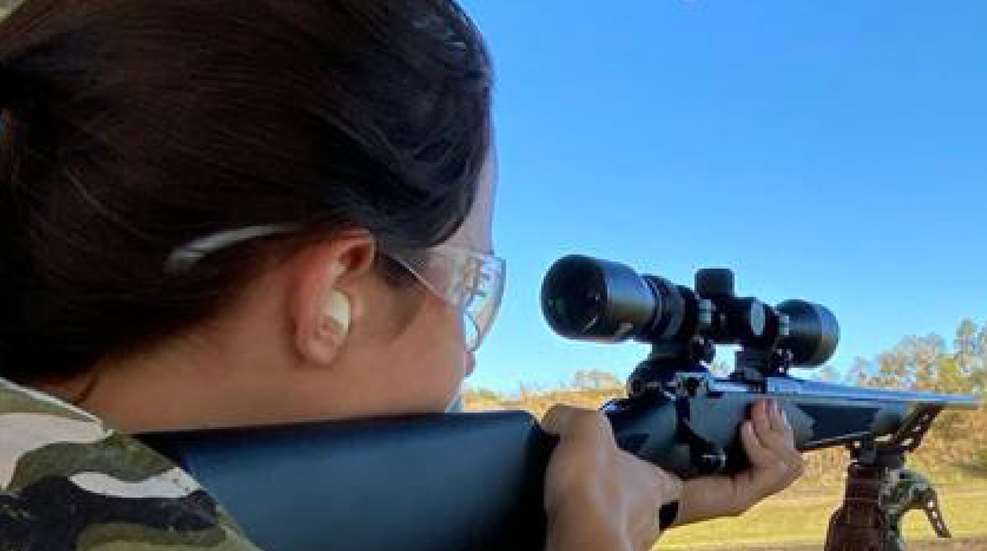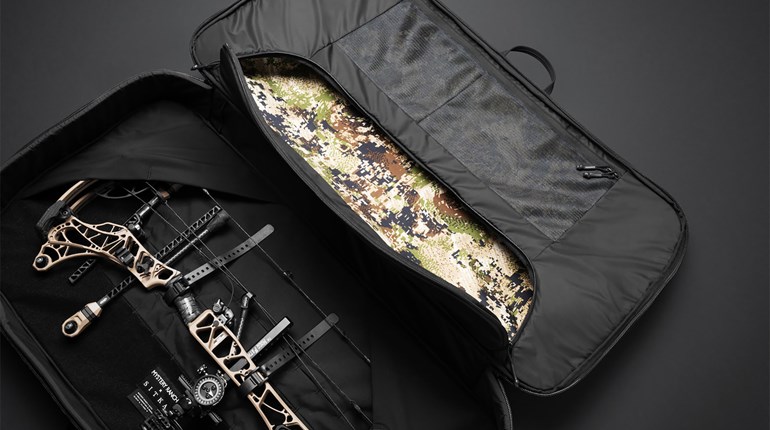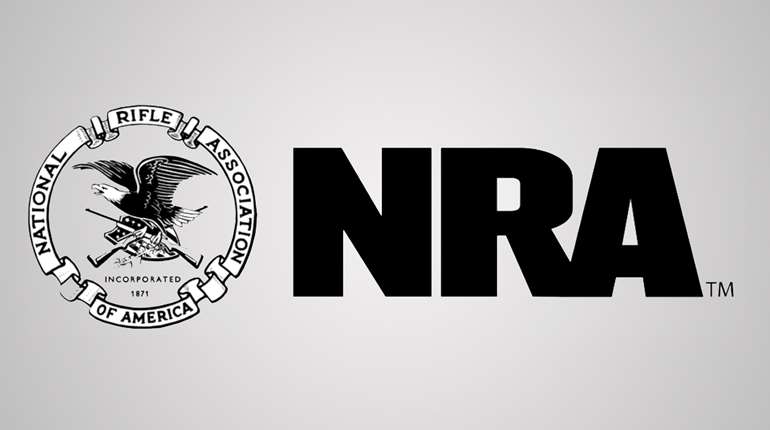
Late winter is one of my busiest times of the year as an NRA Certified Firearms Instructor. People who have booked hunts around the world want to become more proficient in their rifle shooting abilities. One question I get from almost every student heading out for large predators is, “What type of firearm should I take?”
I ask them, “What did the outfitter tell you to bring?” Afterall, the guide is the expert who knows the distances they will be shooting, the type of terrain, and experience level needed to take the large predator they are hunting. But there are still a few gear-related considerations for individuals heading out on their hunts.
High-Power vs. Low-Power Optics
Hunters typically ask if it is better to use high-magnification or low-magnification scopes. But a hunter first needs to understand is the proper use of high-power optics.
Scopes used for hunting are much more advanced compared to what hunters had available to them a few years ago. When a scope started to become a necessary piece of equipment on rifles, fixed magnification scopes were the most common type. Early scopes were typically found in 4X, 6X or 9X power. Today’s hunting scopes are variable magnification and can be found up to 18X to 24X magnification, but most shooters cannot hold a rifle still and steady enough on magnifications over 10X. Thus the higher magnifications are used for assessing game to determine if they are viewing the animal they intend to take. Once that is accomplished, the hunter should dial the magnification down to 9X or 10X. This is also the reason most quality binoculars only go up to 10X. Most higher power variable scopes have a lower magnification of 3X or 4X. For example, the scope’s variable range might be shown as 3X12 or 4X18.
Lower variable scopes can have a magnification of 3X, 4X, 5X or 6X with a lower end down to 1X power. This would be shown as 1X3, 1X4, 1X5, or 1X6. Low-power scopes give hunters a much wider range of view. This is very important if you are certain there are game animals in thick vegetation or if you are tracking a wounded animal. Even the seemingly most docile animal can become very dangerous when wounded or cornered.
Deciding on the right scope really depends upon the terrain you are hunting and your marksmanship skills. If you are hunting a large game animal in open terrain such as brown bear in Alaska, you may opt for a high-power scope that can keep you a safe distance away. If you are hunting a Bongo in thick cover in western Africa, you may opt for a low-power scope that gives you a wide range of view. The wide range of view of a low-power scope allows you to better see a threat of a wounded animal or a threat of other animals in the same area headed in your direction.
Quick Release vs. Hard Scope Mounts
Beyond which rifle and scope to use, seldom does the topic of scope mounts arise. But they are equally important to the setup. The two types of scope mounts are hard scope mounts and quick-release scope mounts.
Hard scope mounts are best used on hunts that require shots of 100 or more yards. Hard mounts lock into the scope base and hold a “zero” after sighting in. These mounts are used for medium and long-range precision shooting. The majority of scopes used by hunters utilize hard mounts for their optic systems.
Quick-release scope mounts are used on rifles where the hunter gets relatively close to their game. This is especially true if hunting dangerous game animals in close or thick vegetation. Quick-release mounts are usually used in conjunction with low-power optics. They usually work by moving a lever to unlock the scope for easy removal and installation. These mounts keep the scope aligned in the kill area up to 100 yards. Quick release scope mounts are designed for the shooter to remove their rifle’s scope and utilize the gun’s iron sights for following a wounded animal, especially a dangerous one, in dense cover.
Control Feed vs. Push Feed Bolts
The type of bolt-action rifle you use may depend on the type of hunt that you booked. The two common types of bolt actions are control feed bolts and push feed bolts. The control feed bolt system is the go-to bolt action rifle of those hunters going to Africa, Alaska or Canada. It is also preferred by those hunting dangerous game animals. This is because the bolt is in direct contact and locked onto the cartridge’s extractor groove from the magazine to the chamber, and through extraction. This ensures that the spent case will be ejected, and a new cartridge will be loaded into the chamber. The control feed bolt rifle in larger calibers is ideally paired with low power scopes and quick release scope mounts. The best example of this type of bolt can be found in the Winchester Model 70 rifle.
Push feed bolt action rifles are the most common action on the market and can be found in ranges from small calibers to large calibers. This bolt action is the most popular in the Remington Model 700 rifle. This type of action is very accurate and usually used for hoofed game animals.
Solid vs. Soft Nose Bullets
The type of bullet that a hunter chooses depends on the type of game animal he or she is pursuing. Animals with thick skins and fur, thick bodies, and those that are hard to kill usually require cartridges loaded with solid bullets. Solid bullets retain their shape and resist deformation or “mushrooming” to allow for deeper penetration.
Soft nose bullets are designed to mushroom upon impact. When a hunter is pursuing animals with thin skin and are relatively easy to kill, hunters usually prefer soft nose projectiles. These bullets are used for maximum tissue damage and hemorrhaging. It is very important to use the correct bullet when hunting game animals. Using the right bullet can determine it you fill the tags on your hunting license, or not.
When booking your hunt of a lifetime, it is important that you take the right equipment with you to your destination. Using the wrong equipment could not only cause you to lose the trophy of a lifetime but may also put you in a life-threatening situation. Do your research, ask your hunting guide, and seek advice from others who have experience in the type of hunt on which you are about to embark.














































